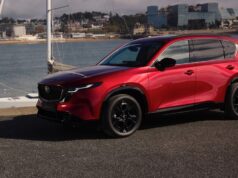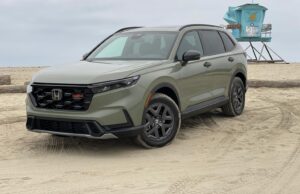Next week, the Toyota Research Institute will show its next-generation autonomous research vehicle, Platform 3.0, at CES 2018 in Las Vegas. The research vehicle is based on the last generation Lexus LS 600hL and features greater technological capabilities with new updated styling that integrates the automated vehicle technology into the LS model’s design.
“Our team has once again rapidly advanced our automated vehicle research capabilities,” said Dr. Gill Pratt, TRI CEO and Toyota Motor Corporation (TMC) Fellow. “To elevate our test platform to a new level, we tapped Toyota’s design and engineering expertise to create an all-new test platform that has the potential to be a benchmark in function and style.”
TRI’s goal for the new research vehicle centered around three core principles: Elevate perception capabilities to be an industry pacesetter among automated vehicles; Blend the sensing equipment into the vehicle design with a distinct appearance that is sleek and elegant; Package the automated vehicle technology in a manner that is easy to reproduce for building a fleet at scale.
According to Toyota, the Platform 3.0 is one of the most perceptive automated driving test cars on the road. The Luminar LIDAR system with 200-meter range, which had only tracked the forward direction on TRI’s previous test platform, now covers the vehicle’s complete 360-degree perimeter. This is enabled by four high-resolution LIDAR scanning heads that detect objects in the environment including difficult-to-see dark objects.
Shorter-range LIDAR sensors are positioned on all four sides of the vehicle to detect smaller objects near the car like children and debris in the roadway.
Production of Platform 3.0 vehicles begins this spring and all of the vehicles will be based on the Lexus LS.
Source: Toyota

















